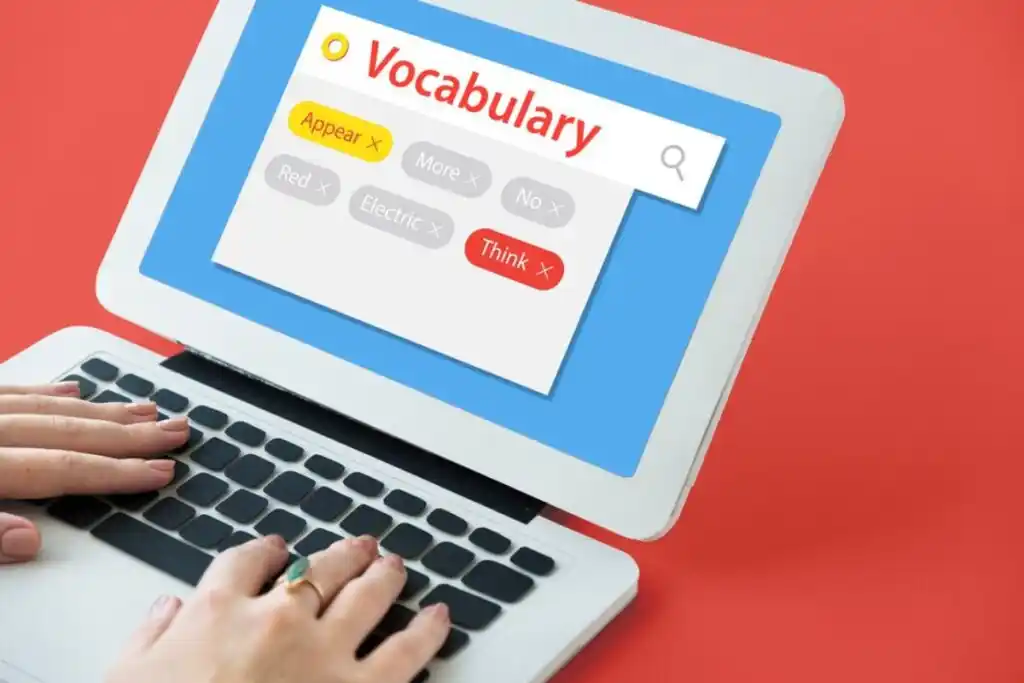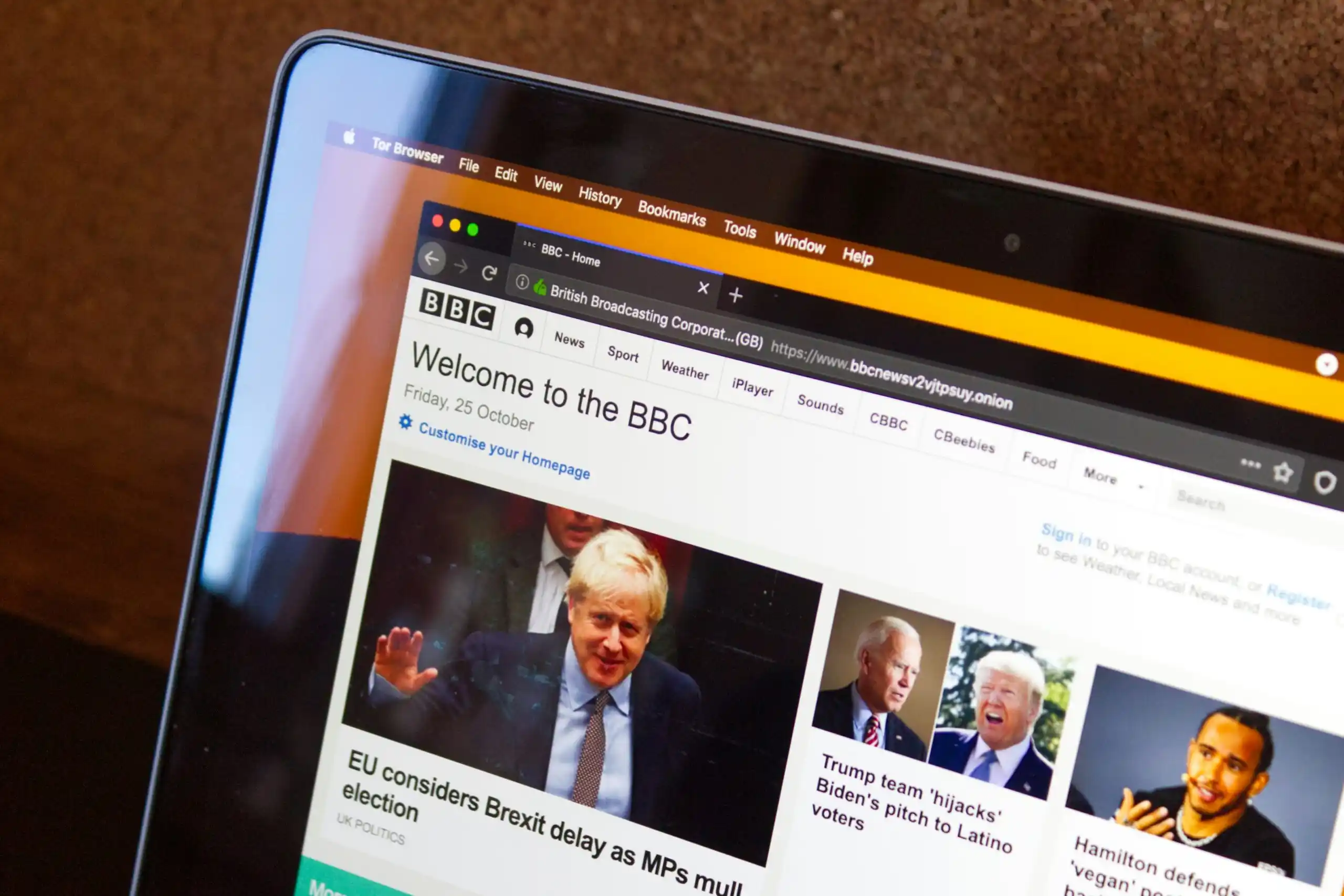The Education Blog

Best Apps & Resources for Learning English as a Second Language
English is the most widely spoken language in the world, making it an essential skill for career opportunities, travel, and communication. For non-native speakers, learning English as a new language can be challenging, but with the right tools and dedication, fluency is achievable. Thanks to modern technology, learners now have access to a variety of best apps for learning English and ESL resources to help them improve their English skills effectively.
This guide covers the most useful apps, online resources, and strategies to help ESL learners enhance their language proficiency.
Best Apps for Learning English
Mobile apps provide an interactive and engaging way to practice English anytime, anywhere. Here are some of the best apps for learning English that can help boost vocabulary, grammar, and pronunciation.
1. Duolingo – Best for Beginners
- Why It’s Great: Duolingo offers a gamified learning experience that makes learning English fun and effective for beginners.
- Key Features:
- Interactive lessons with voice recognition
- Daily practice reminders and streak rewards
- A variety of topics, from greetings to advanced grammar
- Available On: Android, iOS, Web
2. Babbel – Best for Practical Conversations
- Why It’s Great: Babbel focuses on real-life conversations, making it ideal for learners who want to speak English confidently.
- Key Features:
- Personalised learning paths
- Speech recognition for pronunciation practice
- Short, interactive lessons
- Available On: Android, iOS, Web
3. HelloTalk – Best for Conversational Practice
- Why It’s Great: HelloTalk connects users with native English speakers for real-time language exchange.
- Key Features:
- Chat-based learning with text and voice messages
- AI-powered grammar correction
- Free access to global language partners
- Available On: Android, iOS
4. Rosetta Stone – Best for Immersive Learning
- Why It’s Great: Rosetta Stone uses an immersion method to teach English naturally, without translation.
- Key Features:
- Voice recognition for pronunciation improvement
- No translations—learn English in context
- Customised learning plans
- Available On: Android, iOS, Web
5. Busuu – Best for Structured Lessons
- Why It’s Great: Busuu offers structured English courses that cover grammar, vocabulary, and speaking skills.
- Key Features:
- AI-powered learning plans
- Feedback from native English speakers
- Offline learning mode
- Available On: Android, iOS, Web
6. Memrise – Best for Expanding Vocabulary
- Why It’s Great: Memrise helps learners improve their English skills with interactive videos and flashcards.
- Key Features:
- Real-life video clips for better comprehension
- AI-powered review system
- Personalised vocabulary lessons
- Available On: Android, iOS, Web
Best ESL Resources for English Learners

Apart from apps, there are many ESL resources that can help learners develop reading, writing, listening, and speaking skills.
1. BBC Learning English – Best for Free Lessons
- Why It’s Great: BBC Learning English offers free resources, including grammar guides, pronunciation tips, and video lessons.
- Key Features:
- Daily video lessons
- News-based language exercises
- Interactive quizzes and transcripts
- Available On: Web, YouTube, Podcast
2. British Council Learn English – Best for Comprehensive Learning
- Why It’s Great: The British Council provides high-quality lessons covering all aspects of English.
- Key Features:
- Grammar and vocabulary exercises
- Business English courses
- Exam preparation (IELTS, TOEFL, Cambridge English)
- Available On: Web, YouTube, Mobile App
3. FluentU – Best for Learning with Videos
- Why It’s Great: FluentU teaches English through real-world videos, including news clips, music videos, and interviews.
- Key Features:
- Interactive subtitles for better comprehension
- Customisable flashcards for vocabulary building
- Personalised quizzes and listening exercises
- Available On: Android, iOS, Web
4. Grammarly – Best for Improving Writing Skills
- Why It’s Great: Grammarly helps learners refine their writing with grammar and spell-check tools.
- Key Features:
- AI-powered grammar and style suggestions
- Plagiarism checker for academic writing
- Contextual vocabulary enhancement
- Available On: Web, Browser Extension, Mobile App
5. TED-Ed – Best for Listening and Comprehension
- Why It’s Great: TED-Ed offers educational videos with subtitles and comprehension questions.
- Key Features:
- Engaging animated lessons
- Transcripts and discussion prompts
- Critical thinking exercises
- Available On: Web, YouTube
How to Improve English Skills with Technology

Using the right ESL resources and apps can significantly help learners improve their English skills faster. Here’s how to make the most of them:
1. Set Daily Learning Goals
- Dedicate at least 20–30 minutes daily to English practice.
- Use streaks and reminders in apps like Duolingo to stay consistent.
2. Practice Speaking Daily
- Use apps like HelloTalk or Busuu to practice conversations with native speakers.
- Record yourself speaking and compare it with native pronunciation.
3. Listen to Podcasts and Audiobooks
- Tune in to ESL podcasts like BBC Learning English or The English We Speak.
- Listen to audiobooks and repeat sentences to practice pronunciation.
4. Write Regularly in English
- Keep a daily journal and write short entries in English.
- Use Grammarly to check and refine your writing.
5. Watch Movies and TV Shows with Subtitles
- Start with English subtitles and switch to no subtitles as you improve.
- Repeat key phrases and try to imitate the pronunciation.
6. Join Online ESL Communities
- Engage with other learners in English forums like Reddit’s EnglishLearning.
- Participate in language learning exchange groups on Facebook and Discord.
How Teachers Can Use Technology to Help ESL Learners

Teachers can leverage technology while teaching to enhance ESL lessons and engage students more effectively.
1. Incorporate Gamified Learning Apps
- Use Kahoot! and Quizlet to make vocabulary and grammar lessons interactive.
- Create Duolingo classroom groups to track student progress.
2. Use Online Whiteboards and Collaboration Tools
- Apps like Google Classroom and Padlet encourage collaborative writing and discussion.
3. Assign Listening and Reading Exercises
- Recommend TED-Ed videos and FluentU for listening practice.
- Encourage students to read articles on BBC Learning English.
4. Provide Personalised Feedback
- Use Grammarly to correct student essays and highlight common mistakes.
- Offer pronunciation feedback with tools like Rosetta Stone.
Conclusion: Mastering English with the Right Tools
Learning English as a second language is more accessible than ever with the help of the best apps for learning English and ESL resources. Whether you want to strengthen grammar, enhance vocabulary, or practice speaking, these tools provide structured and engaging ways to improve your English skills.
By setting clear goals, using multiple learning methods, and engaging in regular practice, you can make steady progress in English proficiency. Start today and take advantage of these digital resources to make learning English an enjoyable and rewarding experience!









